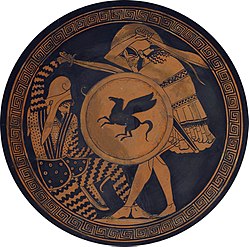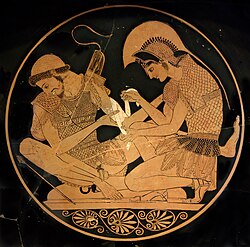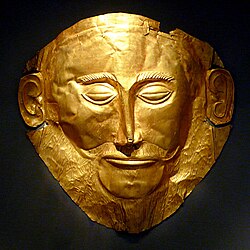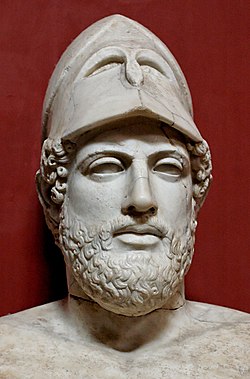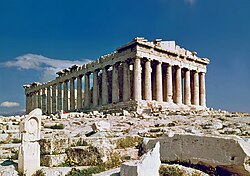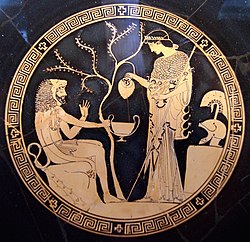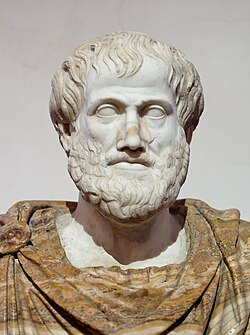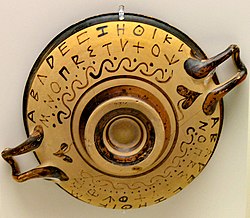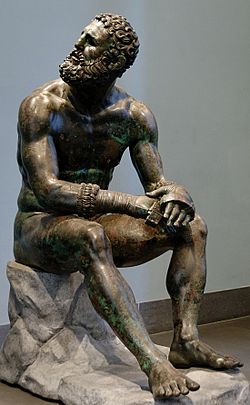
The following outline is provided as an overview of and topical guide to ancient Greece:
Contents
- Geography of Ancient Greece
- Regions of Ancient Greece
- Government and politics of ancient Greece
- Ancient Greek law
- Military history of ancient Greece
- General history of ancient Greece
- Ancient Greek history, by period
- Ancient Greek history, by region
- Ancient Greek History, by subject
- Ancient Greek historiography
- Works on ancient Greek history
- Culture of ancient Greece
- Architecture of ancient Greece
- Art in ancient Greece
- Language in ancient Greece
- Religion in ancient Greece
- Sport in ancient Greece
- Economy of ancient Greece
- Health in ancient Greece
- Science of ancient Greece
- Technology of ancient Greece
- See also
- References
- External links
